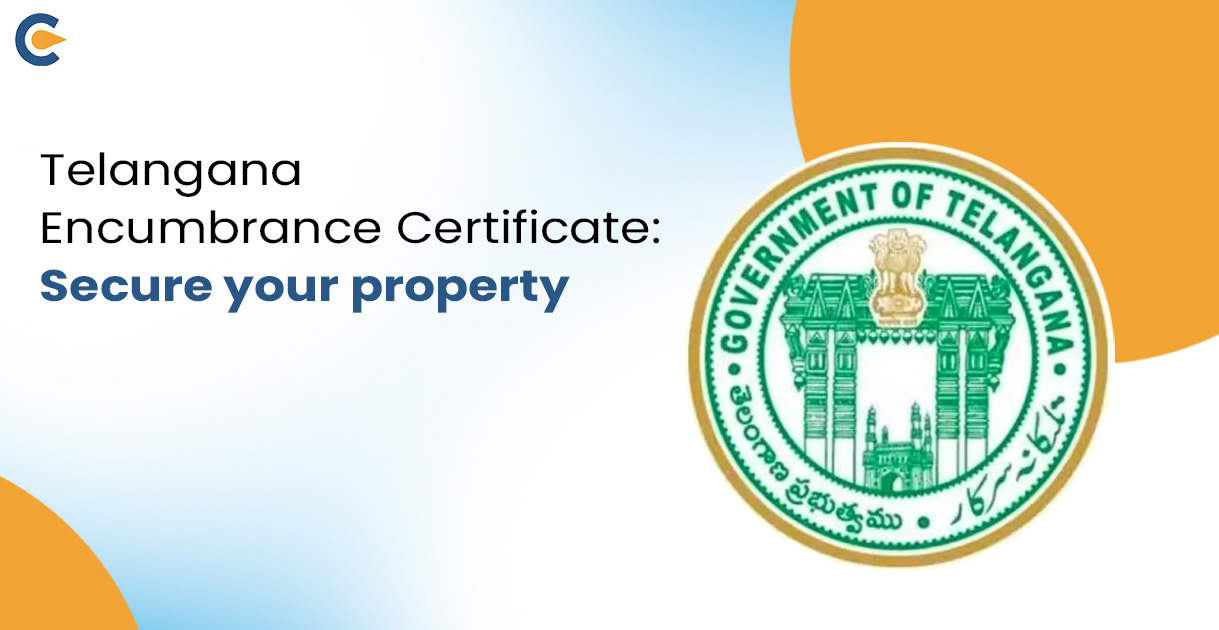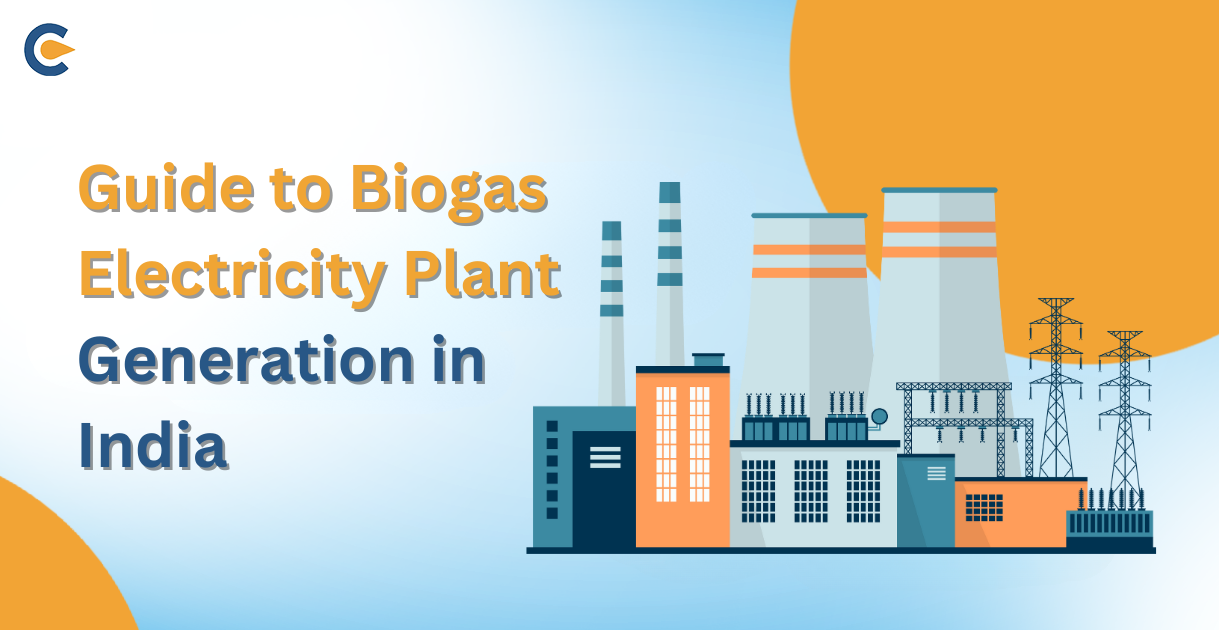The contamination of the atmosphere by hazardous chemicals originating from the petrochemical industry can be intricate, particularly when substances or processes combine. The combined effects of these chemicals are often significantly more toxic and dangerous. Many of these substances can potentially create environments that are deficient in oxygen, toxic, or even explosive. The risks associated with these hazards are multiplied within a refinery site due to the complex array of tanks, reactors, vessels, and ducts and the wide variety of hazardous chemicals and emissions, often within confined areas. EC for Petrochemical complexes ensures assessing and evaluating the potential environmental impacts of industries involved in processing petroleum fractions, natural gas, and aromatics production.
EIA In The Case Of Petrochemical Complexes
The objective of EC for Petrochemical complexes is as follows:
- To incorporate environmental considerations explicitly into the development decision-making process.
- Anticipate, avoid, minimize, or offset significant adverse effects of development proposals on the biophysical, social, and other relevant aspects.
- Safeguard the productivity and capacity of natural systems and the ecological processes that sustain their functions.
- Encourage sustainable development that optimizes resource utilization and management opportunities.
How to Apply For EC for Petrochemical Complexes?
The application process for obtaining EC (Environmental Clearance) for Petrochemical complexes is as follows:
- The project proponent must apply for prior environmental clearance using Form 1.
- The completed Form 1, along with the feasibility report and draft terms of reference for EIA studies, must be submitted to the Ministry of Environment and Forests (MoEF), Government of India.
- Prior environmental clearance is mandatory before commencing any construction work or land preparation on the designated site/project, except for land acquisition.
Scoping In EC for Petrochemical Complexes
The main objective of performing EIA for this industry is to identify potential concerns and issues that may impact project decisions. Scoping, therefore, establishes the requirements and boundaries for an EIA study. The outcomes of the scoping exercise serve as the foundation for the subsequent steps in the EIA process. Scoping involves the Environmental Appraisal Committee (EAC) and applies to applications for expansion and/or modernization of existing projects. It aims to determine the Terms of Reference (ToR) for EIA studies, addressing all relevant environmental concerns specific to the project. The following sequence is followed to arrive at the draft ToR:
- The pre-feasibility report summarises project details and identifies potential environmental concerns based on secondary information, which will be used to complete Form 1.
- From the pre-feasibility report and Form 1, valued environmental components (VECs) can be identified for the project. If the project is in a problem area identified by the Central Pollution Control Board (CPCB), the Ministry of Environment and Forests (MoEF) may provide its views during the scoping stage to the EAC.
- The EAC conveys the final set of ToR for EIA studies to the proponent within sixty days of receiving Form 1 and the pre-feasibility report.
- The final ToR for EIA studies is displayed on the MoEF’s website.
- At this stage, the relevant authority may reject applications for the EC based on the EAC’s recommendations. If rejected, the decision and the reasons for rejection are communicated to the proponent in writing within sixty days of receiving the application.
The MoEF scrutinizes the final EC for Petrochemical complexes and other relevant documents submitted by the applicant, strictly following the approved conditions in ToR for EIA studies.
Environmental Management Plan for Petrochemical Complexes
EMP for Petrochemical complexes includes the following
- Establish an administrative and technical organizational structure to ensure the implementation of the proposed post-project monitoring program for approved mitigation measures.
- The Environmental Management Plan (EMP), designed to address the project’s adverse impacts, should be provided with a breakdown of the itemized costs for its implementation (both capital and recurring costs).
- Clearly define the allocation of resources and responsibilities for implementing the plan.
- Include details of the emergency preparedness and on-site/off-site disaster management plans.
- EMP typically consists of the following components:
- Summary of the potential impacts of the project proposal.
- Description of recommended mitigation measures.
- Explanation of the monitoring program to ensure compliance with relevant standards and assess residual effects.
- Allocation of resources and responsibilities for implementing the plan.
- Implementation schedule and reporting procedures.
- A contingency plan to address unforeseen impacts that are greater than expected.
- Summary of Impacts: Provide a concise overview of the predicted adverse environmental and social impacts that require mitigation measures, referring back to corresponding sections in the EIA report.
- Description of Mitigation Measures: Briefly explain each measure in relation to the specific impact it addresses and the conditions under which it is required.
- Description of the monitoring program to ensure compliance with relevant standards and assess residual impacts: Environmental monitoring includes compliance monitoring to meet industry-specific statutory requirements and monitoring residual impacts.
Reporting
Reporting in EC for Petrochemical complexes is as follows:
| S.No. | Category | Information |
|---|---|---|
| 1. | Introduction | – Purpose of the report – Identification of project & project proponent – Brief description of nature, size, location of the project and its importance to the country, region – Scope of the study – Details of regulatory scoping carried out. |
| 2. | Project Description | – A condensed description of those aspects of the project (based on the project feasibility study) likely to cause environmental effects – Type of project – Need for the project – Location (maps showing general location, specific location, project boundary & project site layout) – Size or magnitude of operation (incl. Associated activities required by or for the project) – Proposed schedule for approval and implementation – Technology and process description – Project description, including drawings showing project layout, components of project etc. Schematic representations of the feasibility drawings, which give information important for EIA purposes. – Description of mitigation measures incorporated into the project to meet environmental standards, environmental operating conditions, or other EIA requirements (as required by the scope) – Assessment of new & untested technology for the risk of technological failure |
| 3. | Description of the Environment | – Study area, period, components & methodology – Establishment of baseline for VECs, as identified in the scope – Base maps of all environmental components |
| 4. | Anticipated Environmental Impacts & Mitigation Measures | – Details of Investigated Environmental impacts due to project location, possible accidents, project design, project construction, regular operations, final decommissioning, or rehabilitation of a completed project. – Measures for minimizing and / or offsetting adverse impacts identified – Irreversible and irretrievable commitments of environmental components – Assessment of the significance of impacts (Criteria for determining significance, Assigning significance) – Mitigation measures |
| 5. | Analysis of Alternatives (Technology & Site) | – Description of each alternative – Summary of adverse impacts of each alternative – Mitigation measures proposed for each alternative and selection of alternative |
| 6. | Environmental Monitoring Program | – Technical aspects of monitoring the effectiveness of mitigation measures (incl. measurement methodologies, frequency, location, data analysis, reporting schedules, emergency procedures, detailed budget & procurement schedules) |
| 7. | Additional Studies | – Public consultation – Risk assessment – Social impact assessment |
| 8. | Project Benefits | – Improvements in the physical infrastructure Improvements in the social infrastructure – Employment potential – Skilled; semi-skilled, and unskilled – Other tangible benefits |
| 9. | Environmental Cost Benefit Analysis | – If done, then it is recommended at the scoping stage. |
| 10. | EMP | – Description of the administrative aspects that ensure proper implementation of mitigative measures and their effectiveness monitored after approval of the EIA |
| 11. | Summary & Conclusion (This will constitute the summary of the EIA Report) | – Overall justification for the implementation of the project – Explanation of how adverse effects have been mitigated |
| 12. | Disclosure of Consultants engaged | – Names of the Consultants engaged with their brief resume and nature of Consultancy rendered. |
Public Hearing/ Consultation
Public consultation is the process of gathering input from locally affected individuals and other stakeholders who have a legitimate interest in the environmental impacts of a project or activity.
- If the State Pollution Control Board (SPCB) or the public agency conducting the consultation is not convinced of the legitimacy of the stakeholder’s concerns, those expressed views may not be considered.
- Public consultation consists of two components: public hearings and the invitation for written responses or objections through the Internet, postal service, etc., by providing a summary of the Environmental Impact Assessment (EIA) report on the website.
- Public hearings are required for all Category A and Category B1 projects, with the following exceptions:
- Once EC is granted to industrial estates such as Special Economic Zones (SEZs), Export Processing Zones (EPZs), etc., for a specific composition (type and capacity) of industries, individual petrochemical units within those zones will not require public hearings.
- Road and highway expansions that do not involve additional land acquisition.
- Maintenance dredging provided that the dredged material is disposed of within the port limits.
- Building/construction projects, area development projects, and townships.
- All Category B2 projects.
- The Central Government determines projects related to national defense, security, or other strategic considerations.
- Public hearings should be conducted at or near the project site on a district-wise basis to understand the concerns of locally affected individuals.
Decision Making
The Chairperson reviews the discussions and decisions made by the Committee and prepares the initial draft minutes of the meeting. Upon receiving feedback from the members, the Chairperson finalizes and signs the minutes of the public hearing.
- The authority will consider the recommendations the relevant appraisal Committee provided and communicate its decision within 45 days of receiving the recommendations.
- If the authority disagrees with the recommendations of the Appraisal Committee, it will provide reasons to the concerned Committee and the applicant within 45 days of receiving the recommendations. The relevant Appraisal Committee will then review the observations of the authority and provide its views on those observations within an additional period of 60 days. The authority will decide within the following 30 days based on the views expressed by the appraisal Committee.
Flowchart on the Process of Obtaining EC for Petrochemical Complexes


Conclusion
The EC for Petrochemical Complexes process plays a crucial role in establishing and operating petrochemical complexes in India. By evaluating and addressing potential environmental impacts, EIA ensures that these industries operate responsibly and sustainably. It helps identify and mitigate risks associated with processing petroleum fractions, natural gas, and aromatics while promoting the use of clean technologies and effective waste management practices. Through EIA, petrochemical complexes can strive to minimize their environmental footprint and contribute to a healthier and more sustainable future. It is highly recommended to take expert consultation in the process of Environmental Clearance to have a hassle-free experience and to avoid legal penalties due to non-compliance.
FAQ
Manufacturing petrochemicals contributes to significant air, water, and soil contamination. This also impacts smaller systems, such as individual ecosystems, along with global implications.
The petrochemical industry emits toxic air pollutants such as BTEX compounds (benzene, toluene, ethylbenzene, and xylene).
As per the EIA Notification of 1994, environmental clearance was mandatory for all new projects and expansion/modernization of existing projects covering 29 such disciplines, which was later increased to 32 in the EIA Notification 2006, which included hydro-power, major irrigation, and flood control projects.
EC for Petrochemical complexes ensures assessing and evaluating the potential environmental impacts of industries involved in processing petroleum fractions, natural gas, and aromatics production.
“Petrochemical complexes” engage in the production of aromatic hydrocarbons like Benzene, Toluene, Xylene, Ethylene Benzene, and Naphthalene, which have various applications in the manufacturing of synthetic fibers, explosives, pesticides, dyes and dye intermediates, detergents, resins, and more.
Read Our Article: How To Obtain EC For Building Construction Projects?











